Exploring Iconic Landmarks, Cultural Hubs, and Scenic Delights Across the City of Angels
Los Angeles, synonymous with glitz, glamour, and cultural diversity, offers many vibrant and exciting areas to explore. From the sun-soaked beaches of Santa Monica to the iconic Hollywood Walk of Fame, the City of Angels beckons visitors with a kaleidoscope of experiences. Embrace the lively atmosphere of Venice Beach, where eccentricity and artistry collide along the boardwalk, or immerse yourself in the rich cultural tapestry of museums like the Getty Villa and LACMA.
Whether you seek the breathtaking views from Griffith Observatory or the Getty Museum, each neighborhood unfolds a unique chapter of Los Angeles’ multifaceted personality. In this bustling metropolis, where the palm-lined streets tell tales of entertainment legends and cultural milestones, these eight distinct areas promise unforgettable moments and a true taste of the city’s dynamic spirit.
Los Angeles Areas and Things to Do and See:

- Santa Monica Pier and Beach: This iconic destination offers entertainment, dining, and stunning ocean views. Visitors can enjoy the amusement park rides on the pier, explore the bustling boardwalk, and relax on the sandy shores. The Santa Monica Pier is also great for people-watching and enjoying the vibrant beach culture.
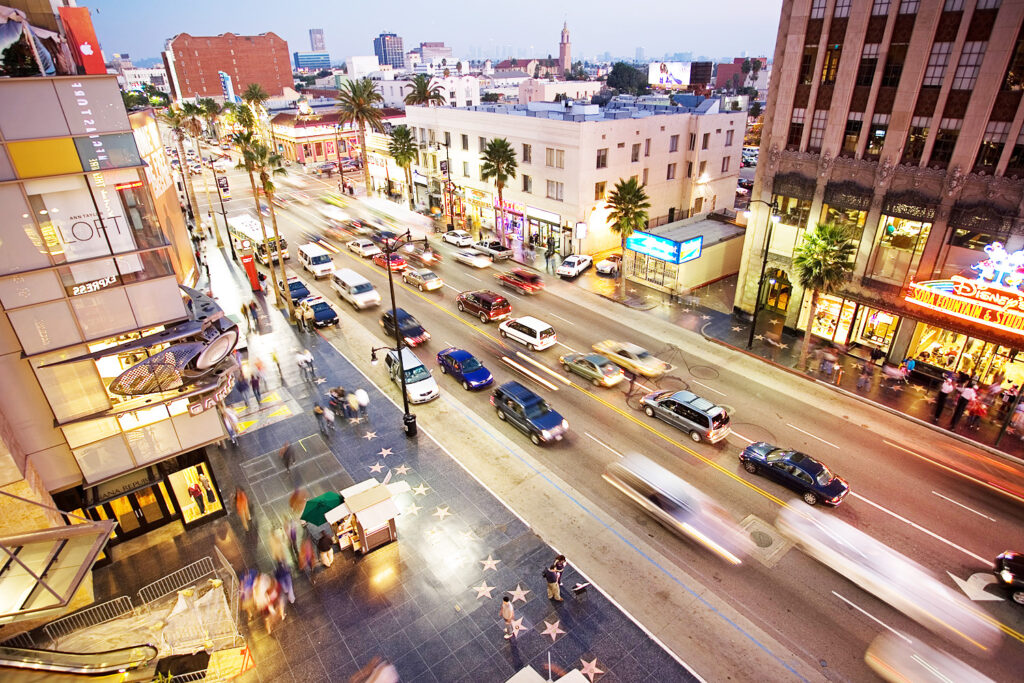
- Hollywood Walk of Fame: A must-visit for movie buffs and pop culture enthusiasts, the Hollywood Walk of Fame features more than 2,600 brass stars embedded in the sidewalks along Hollywood Boulevard. Each star represents a significant figure in the entertainment industry, including actors, musicians, and directors. It’s a unique way to immerse yourself in Hollywood’s history.
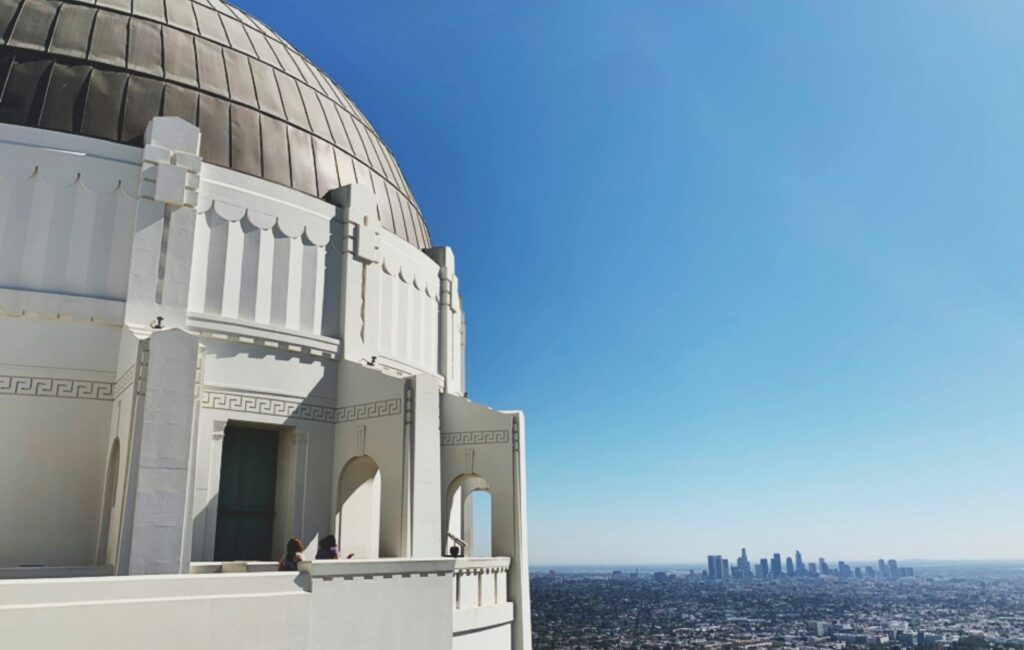
- Griffith Observatory and Griffith Park: For breathtaking views of the city skyline and the iconic Hollywood Sign, head to the Griffith Observatory. This landmark not only offers impressive celestial exhibits but also provides excellent hiking trails in Griffith Park. It’s a fantastic place to explore during the day and stargaze at night.

- Getty Center: This renowned art museum is perched atop a hill, providing visitors with stunning architecture, beautifully landscaped gardens, and an impressive art collection. The Getty Center showcases European paintings, sculptures, decorative arts, and photography. The unique design of the museum and its hilltop location make it a captivating experience.
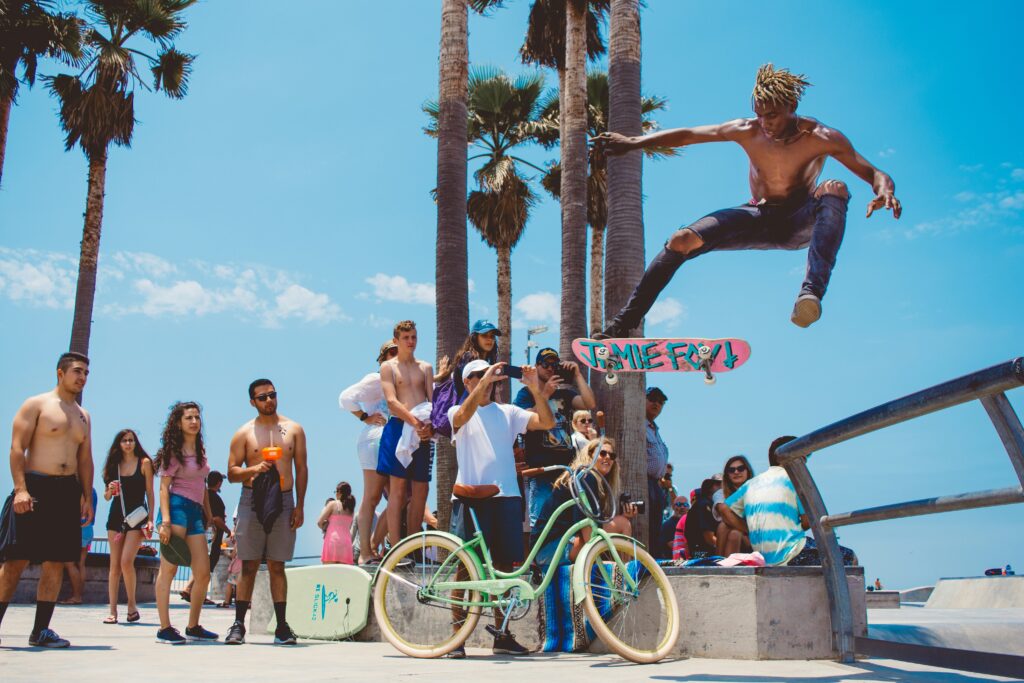
- Venice Beach and Boardwalk: Known for its eclectic atmosphere, street performers, and vibrant art scene, Venice Beach is a hub of creativity. The famous Ocean Front Walk is lined with shops, street vendors, and artists, creating a lively and unique environment. The Muscle Beach outdoor gym, skate park, and colorful murals add to the area’s distinctive charm.
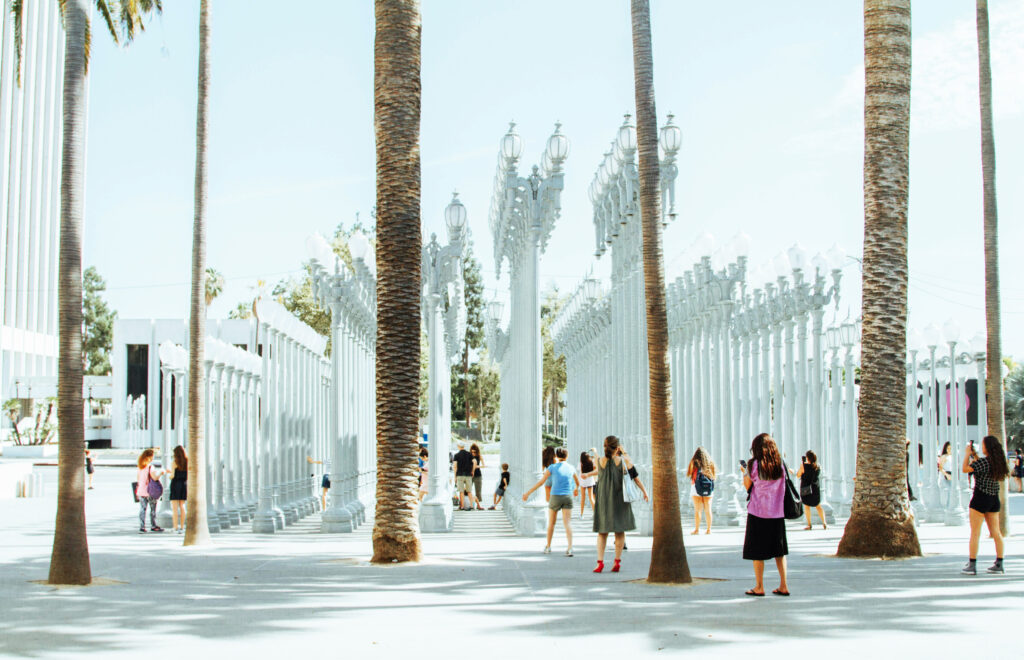
- Los Angeles County Museum of Art (LACMA): LACMA is the largest art museum in the West and is home to an extensive collection of art spanning various cultures and periods. The iconic “Urban Light” installation at the entrance is a popular photo spot. With diverse exhibitions and events, LACMA offers a rich cultural experience for art enthusiasts.
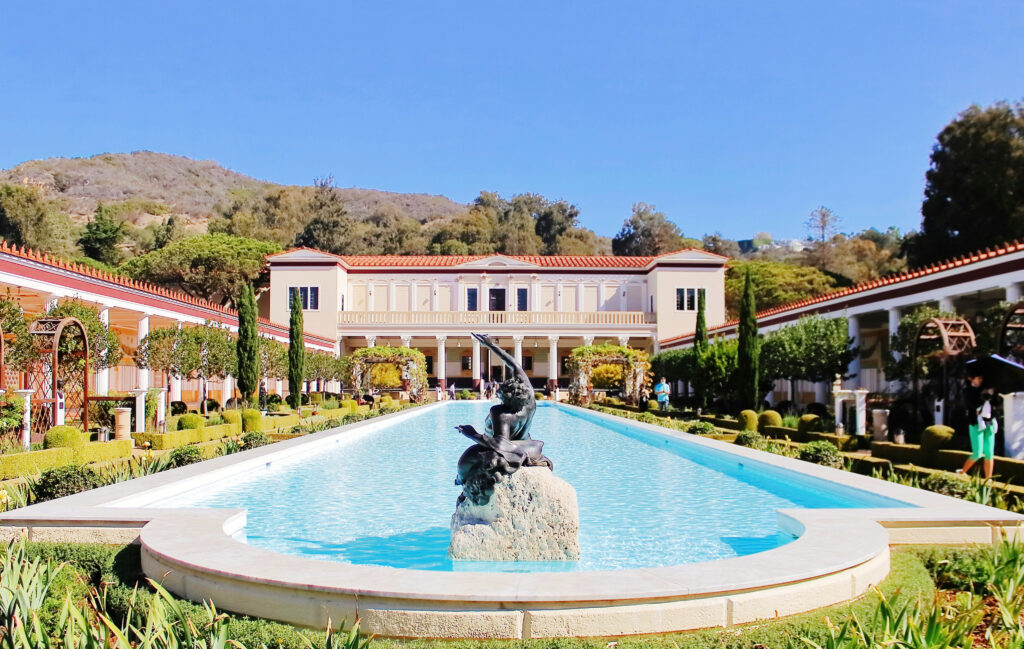
- The Getty Villa: Located in Pacific Palisades, the Getty Villa is an extension of the J. Paul Getty Museum. Modeled after an ancient Roman villa, it houses an impressive collection of Greek, Roman, and Etruscan antiquities. The beautifully landscaped gardens and architecture transport visitors to the classical world, creating a unique and educational experience.

- Beverly Hills: This little big town is renowned for its glamorous lifestyle, luxury real estate, and iconic Rodeo Drive shopping district. Home to many celebrities, the city is characterized by palm-lined streets, upscale boutiques, and opulent mansions, making it a symbol of affluence and prestige.
Yes, you will need a vehicle, or depend on ride-share services. Here’s why:
- Sprawling Cityscape: Los Angeles is known for its vast geographical expanse and sprawling neighborhoods. Public transportation is lacking, does not connect in many areas and is not as extensive as in some other major cities, making a car a practical choice for navigating the diverse landscapes.
- Limited Public Transportation Options: While Los Angeles has a public transportation system, it is not as comprehensive as in other metropolitan areas. Reliance on buses and trains is only be as convenient for limited destinations, especially if your activities span into different parts of the city, which it does not reach.
- Flexible Scheduling: Having a car provides flexibility in terms of scheduling. Los Angeles is known for crawling traffic– the 405 freeway, can possibly take an hour to get to a destination 20 miles away.

- Access to Suburban Areas: If you plan to visit suburban areas or areas not well-served by public transportation, having a car becomes essential. This is particularly relevant if you have friends or family living on the city’s outskirts.
- Convenience for Families or Groups: If you’re traveling with family or in a group, having a car will be more convenient and cost-effective than relying on multiple rideshares.
- Parking Availability: Los Angeles often has more parking spaces, unlike some dense urban environments. While traffic can be challenging, having a car allows you to explore the city at your own pace, and parking is generally more accessible than in other major cities.
TIP: Utilise the Hop on Hop off Tourist busses to help navigate around Los Angeles in lieu of a car rental. They have various routes for an all day ticket purchase.
Did you know?
Los Angeles is home to the oldest remaining film studio in Hollywood, Paramount Pictures. Founded in 1912, Paramount Pictures has played a pivotal role in cinema history, producing numerous iconic films and contributing to the development of the Hollywood entertainment industry.

A little history:
Los Angeles, originally settled by indigenous peoples for thousands of years, saw Spanish colonization in the late 18th century. In 1781, the Pueblo of Los Angeles was officially founded as a Spanish settlement.
Over the years, it transitioned from Mexican rule to American control following the Treaty of Guadalupe Hidalgo in 1848.
The discovery of oil in the late 19th century fueled economic growth, attracting a wave of immigrants, while the transcontinental railroad’s arrival and the film industry’s establishment in the early 20th century further propelled the city’s expansion.
Los Angeles became synonymous with the entertainment industry and experienced significant population growth. However, it also faced racial tensions and urban development issues.



